- Call us: 01444 237070
- Contact Us
- Stores
- Sign In / Register
-
- Back
- Used Cameras
- Used Accessories
- Used Lenses
- Used Video
- Used Film Equipment
- Used Stock Alert
- Used Blank Test
- Sell or Part Exchange
- Used Clearance
- Recently Added Used Equipment
- Park Picks
- All Used Black Friday Deals
- Faulty
- Trade-In
- Blog
- New in
- Call us
- Contact us
- Stores
- Sign in
- Categories
- Tips & Inspiration
- Reviews
- News
- Events
- Features
- Buying Guides
- Competitions
Sigma Launches 12mm and 200mm Primes
Sigma isn’t just urban slang, it’s also one of the best-known independent camera lens manufacturers, which is super popular with photo and video creators. They have a brilliant history of producing lenses with a huge range of focal lengths for multiple camera mounts going back to the 1970s, which more recently includes Leica L and Sony E variants.
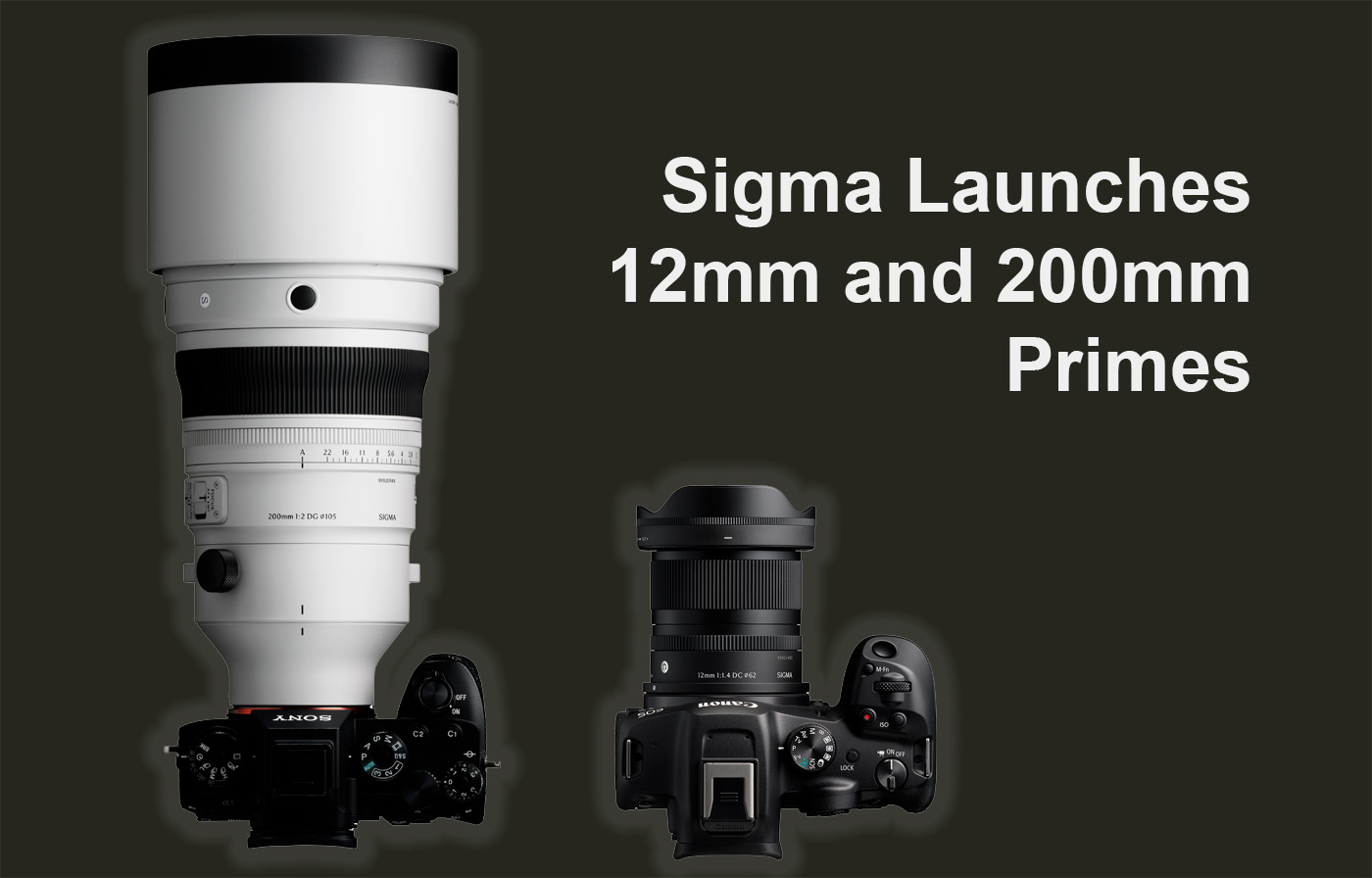
This trend is set to continue as they announced on 19th August 2025 that Sigma launches 12mm and 200mm primes. These fixed focal lengths add to their mirrorless line-up with two completely unique lenses that push the boundaries from opposite ends of the range.
The Sigma 200mm f/2 DG OS Sports is a full-frame telephoto for L and Sony E mounts, while the Sigma 12mm f/1.4 DC Contemporary is an APS-C wide angle prime, which is for the E mount, as well as for Canon RF and Fujifilm X.
Both of these Sigma lenses provide very different features, and give creators new tools to capture specific subjects while also drawing on well-known optical expertise. In this first look review, we explore key features, sample images, and which are the most suitable subjects for each. Let’s begin with UK pricing.
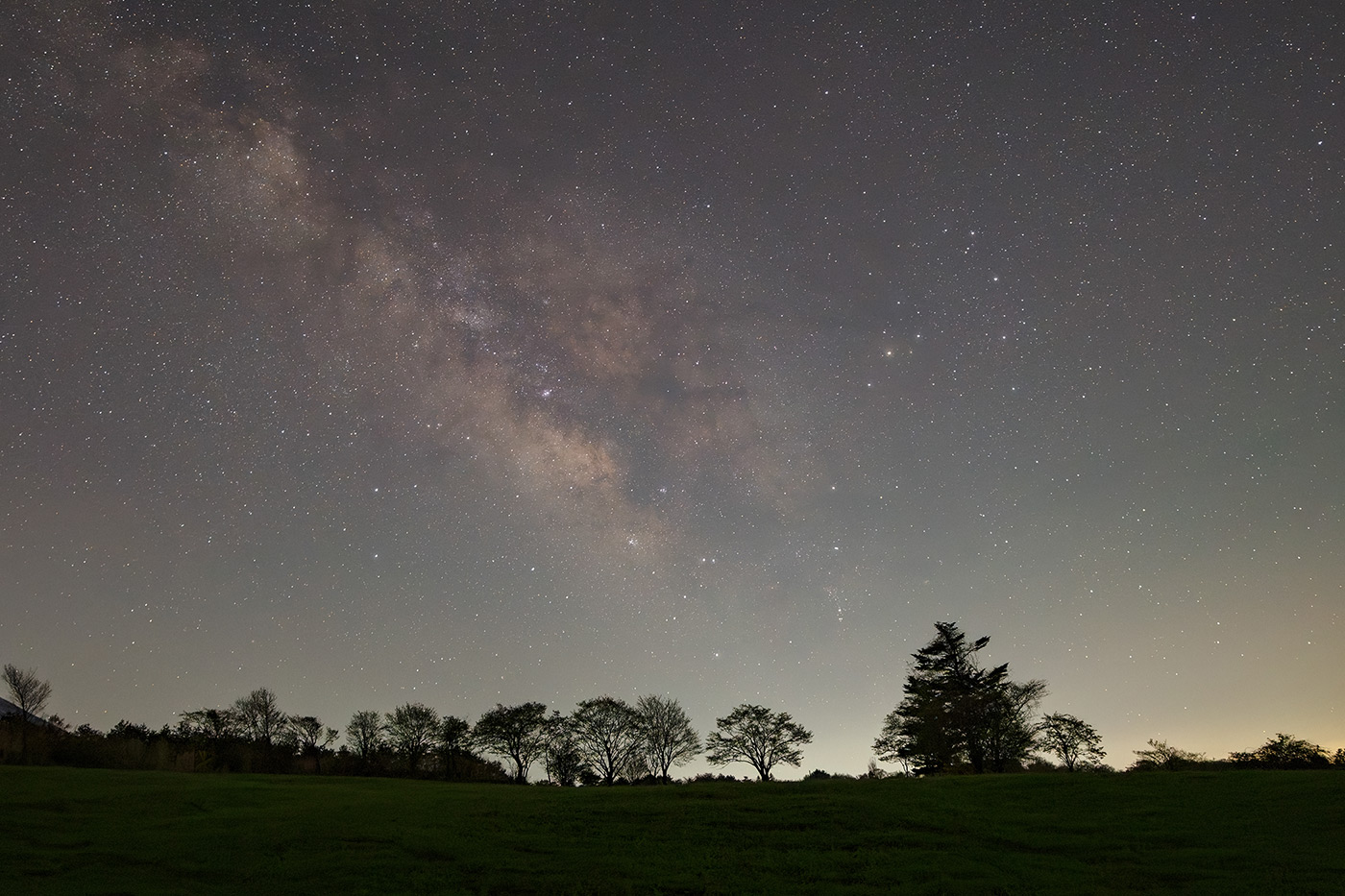
12mm Sample 01 ©Masami Tanaka. Camera settings: 8.0 sec. f/1.4. ISO 6400
Sigma 12mm and 200mm Lens Prices
With two such groundbreaking designs, you might expect the prices to be extremely high. However the Sigma 12mm f/1.4 DC Contemporary costs £519.00 (for all three E, RF and X mounts), while the Sigma 200mm f/2 DG OS Sports is priced at £2,999.00 for both L and E mounts.
With this kind of accessible price, the 12mm Sigma lens is a great option for beginners, enthusiasts and pros who want a more portable and lightweight ultra wide option. On the other hand, at £3k the 200mm f/2 is clearly aimed at advanced enthusiasts and professional photographers, however it still costs considerably less than many existing professional prime lenses.
Next we take a look at the features of each to see how they compare.
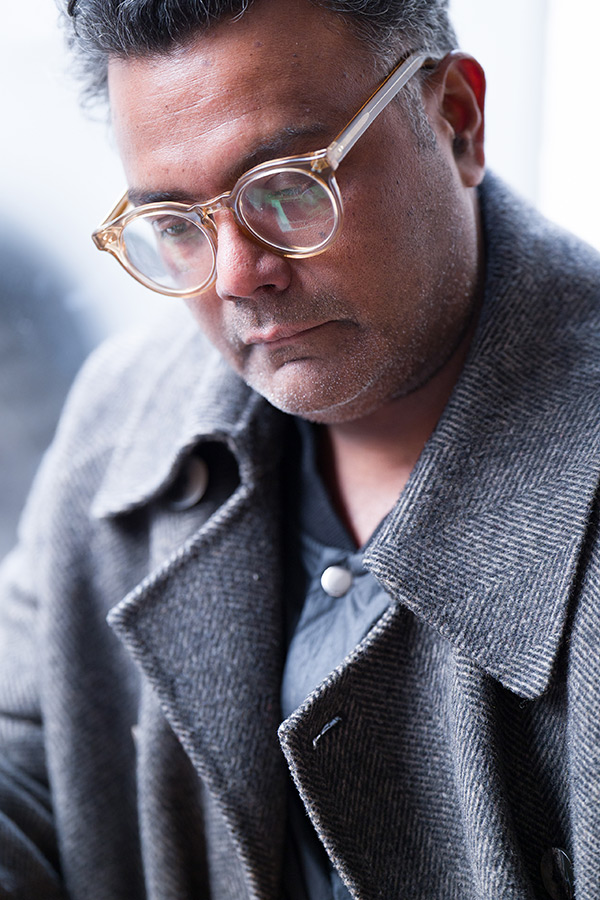
200mm Sample 01 ©Jeff Hargrove. Camera settings: 1/125 sec. f/2. ISO 1000
Sigma 200mm f/2 Features and First Impressions
The 200mm Sigma Sports lens is the first full-frame mirrorless 200mm lens with such a bright f/2 aperture. That makes it a serious contender for certain demanding subjects, gathering twice the light as an f/2.8 telephoto, with even more prominent subject separation from the background.
This is of course from Sigma’s Sports line, which has seen numerous high-performance telephotos over the years, including the recent Sigma 500mm F/5.6 DG DN OS Sports. The newer 200mm however delivers brightness and speed that no other model currently matches.
Key features include:
- Excellent image quality with 2 FLD and 2 SLD glass elements
- High-response Linear Actuator (HLA) autofocus motor
- Up to 6.5 stops Optical Stabilisation
- 11-blade rounded diaphragm
- Nano Porous Coating, and Super Multi-Layer Coating
- Water and oil-repellent front Coating plus a thermal coating on the barrel
- Minimum focus distance of 170cm with 0.13x magnification
- Lens barrel AFL buttons, focus mode, focus limiter, OS mode switch, and custom mode switch
- Newly designed Arca-Swiss compatible tripod socket
- 105mm filter thread
- Weather-sealed design
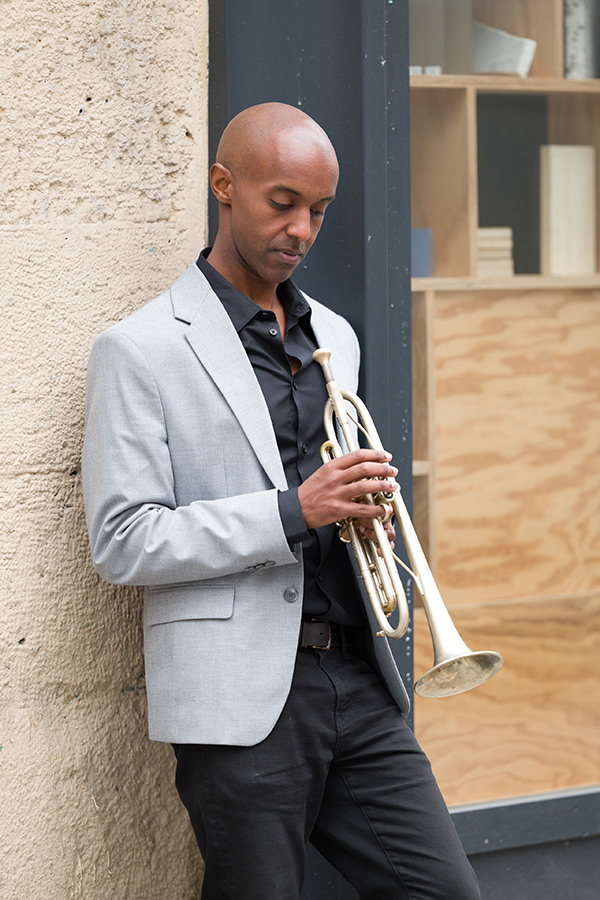
200mm Sample 02 ©Jeff Hargrove. Camera settings: 1/125 sec. f/2. ISO 1000
This lens is all about image quality and Sigma’s new optical design incorporates FLD and SLD elements. FLD (“F” Low Dispersion) and SLD (Special Low Dispersion) help control optical imperfections that can affect image quality. Both reduce chromatic aberration, which appears as coloured fringes around high-contrast edges, particularly towards the edges of the frame or when shooting at wide apertures.
FLD elements have properties similar to fluorite glass, which is highly effective at reducing axial chromatic aberration, which is the kind that can make different wavelengths of light focus at slightly different points. This results in sharper images with improved clarity.
SLD elements are used to tackle magnification chromatic aberration, which affects colour accuracy and detail when subjects are further from the centre of your frame. By combining these glass types, this telephoto lens is able to maintain high resolution and contrast across the whole image area, producing more accurate results in what are often quite demanding situations.
The OS2 algorithm is another notable feature, which has been used to achieve up to 6.5-stops of optical stabilisation when shooting handheld. Although the 200mm f/2 is relatively lightweight at 1,820g, many users will move to a monopod or tripod if they’re capturing longer events.
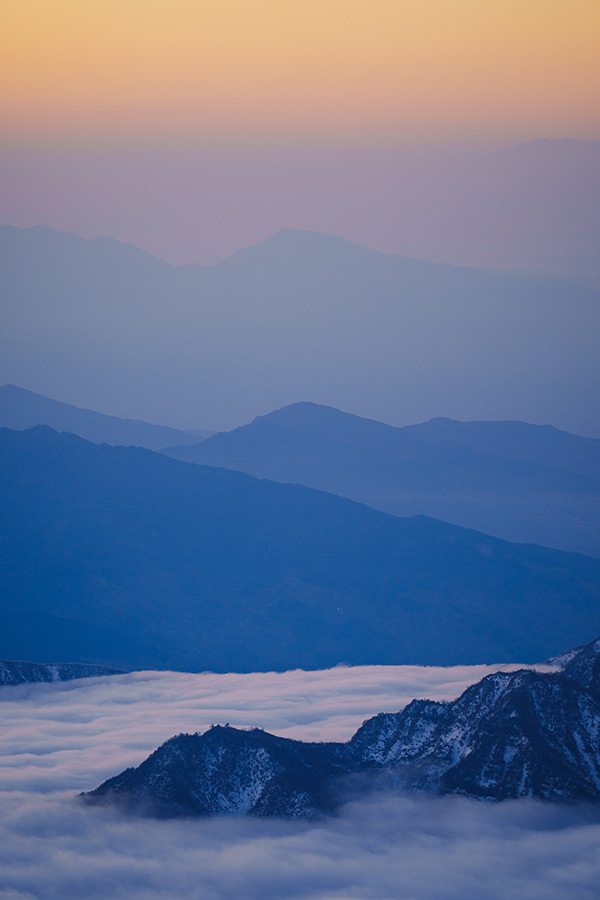
200mm Sample 03 ©Yang Sutie. Camera settings: 1/320 sec. f/2. ISO 1000
What Subjects is a 200mm Camera Lens for?
With its 200mm reach, this type of lens is well suited for bringing distant subjects much closer. It works particularly well for outdoor sports, wildlife and fast-moving action, while also being useful for portraits and event photography. The bright aperture takes it up a notch, and it is capable of handling indoor sports and low-light events, where slower lenses may struggle. You can also use a 200mm lens for landscapes or any shot where you want more background compression, though it is arguably less practical than a zoom for travel or everyday shooting.
Next we look at the 12mm, which sits at the polar opposite end of the focus range.

200mm Sample 04 ©Jeff Hargrove. Camera settings: 1/125 sec. f/2.2 ISO 1000
Sigma 12mm f/1.4 DC Lens Features and First Impressions
The 12mm lens boasts its own accolades, and at launch the Sigma 12mm f/1.4 DC Contemporary is the widest f/1.4 prime made for APS-C cameras. It provides an 18mm equivalent field of view on Sony E or Fujifilm X, and 19mm on Canon RF.
Key features include:
- 2 SLD and 3 aspherical elements
- f/1.4 aperture
- Stepping motor autofocus
- Minimal focus breathing
- Lens coatings reduce flare and ghosting
- Water and oil-repellent front element
- Under 7cm long with a 225–230g weight
- Dust and splash-resistant
- Programmable control ring
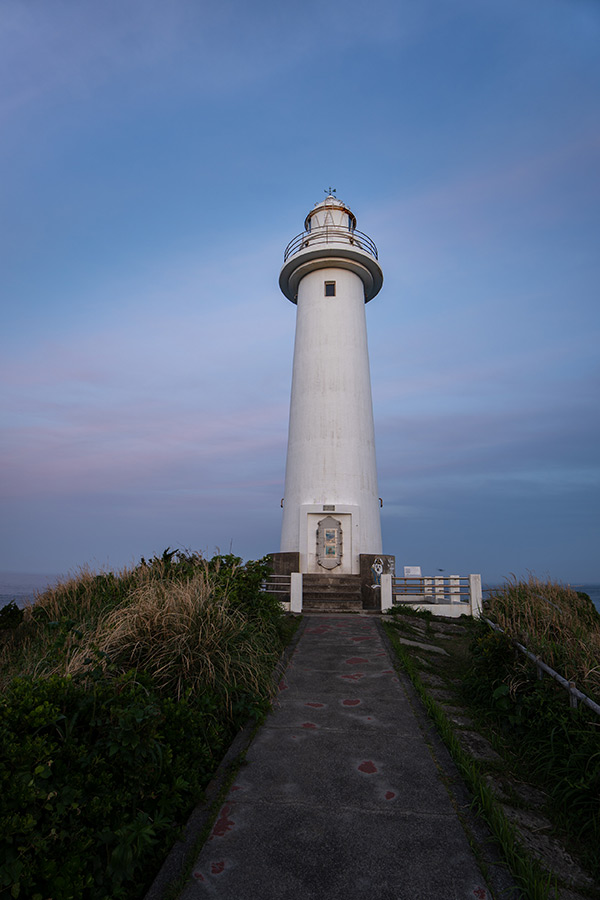
12mm Sample 02 ©Masami Tanaka. Camera settings: 1/25 sec. f/3.2. ISO 50
The bright aperture allows for faster shutter speeds, which is very useful in low light or at night. Ultra-wide angle lenses are usually big and heavy, but this one bucks the trend with a lightweight design of just 69.4mm long and around 230g, making it easy to transport to any destination.
Autofocus is driven by Sigma’s stepping motor, which is known for being smooth and quiet, while focus breathing is kept to a minimum. This makes it suitable for focus stacking as well as recording video and vlogs.
Although part of Sigma’s Contemporary range, the lens is weather-sealed and has a protective coating on the front element, so you can bring it into outdoor environments and clean it more easily.
The new 12mm f/1.4 joins Sigma’s existing f/1.4 range of primes for APS-C cameras, which includes the 16mm, 23mm, 30mm and 56mm models. This gives you the option to collect any number from the series of very fast, bright and lightweight fixed focal length lenses to capture a variety of subjects, which brings us neatly on to which subjects a 12mm is best suited for.
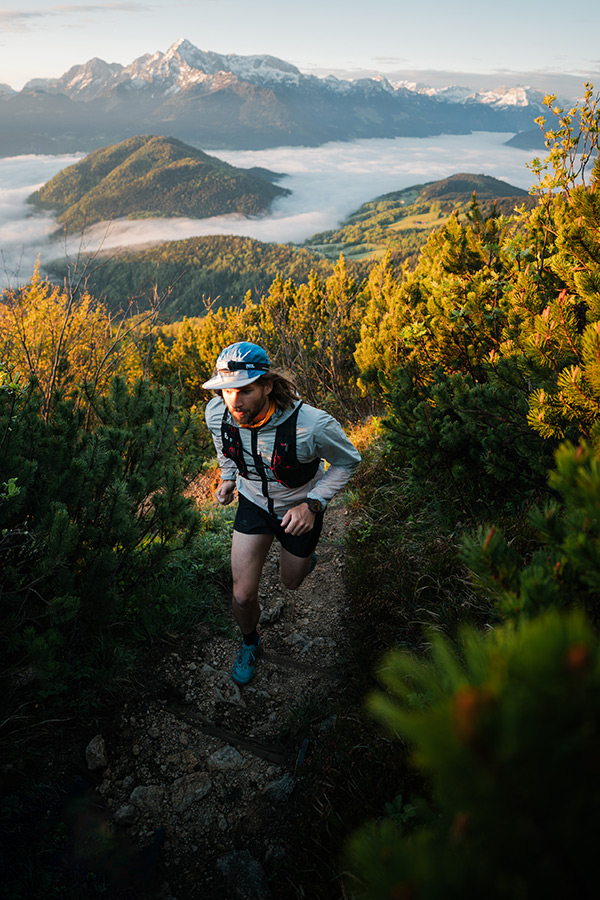
12mm Sample 03 ©Sebastian Mittermeier. Camera settings: 1/1000 sec. f/1.4. ISO 200
What Subjects is a 12mm Camera Lens for?
The 12mm focal length (18mm full-frame equivalent) is suitable for a variety of ultra-wide subjects, which typically include astrophotography, landscapes, cityscapes, interiors and architecture. The bright aperture, controlled focus breathing and smooth, quiet AF also make it suitable for vlogging and video, allowing you to create hybrid content for your audience.
Astrophotographers in particular benefit from its sagittal coma flare control, which helps to keep star points sharp right through to the edges, but resolution and image quality are very high for any subject.
The Sigma 12mm f/1.4 DC and 200mm f/2 DG OS Sports are two very different options, which open up exciting new creative possibilities. The 12mm is an ultra-wide APS-C lens for larger scenes, while the 200mm is a full-frame model that delivers reach, subject separation and speed.
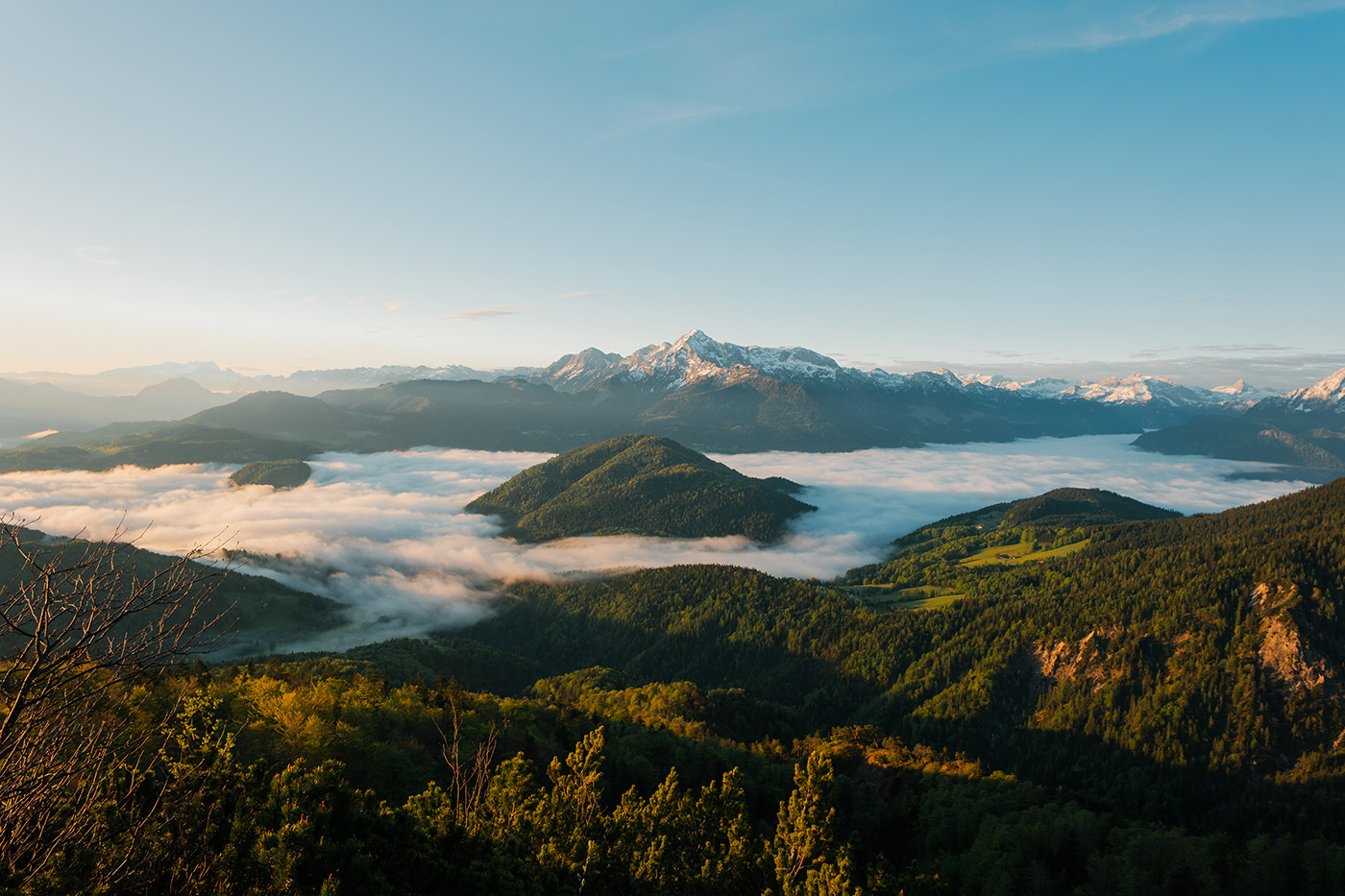
12mm Sample 04 ©Sebastian Mittermeier. Camera settings: 1/320 sec. f/4. ISO 100
Explore these and other options from our full range of L Mount lenses and Sony E Mount lenses to find the right one for your setup. Or head straight for the precise lens for your camera mount here:
- Sigma 200mm f/2 DG OS Sports Lens for Sony E
- Sigma 200mm f/2 DG OS Sports Lens for L-Mount
- Sigma 12mm f/1.4 DC Contemporary Lens for Sony E
- Sigma 12mm f/1.4 DC Contemporary Lens for Canon RF Mount
- Sigma 12mm f/1.4 DC Contemporary Lens for Fujifilm X Mount
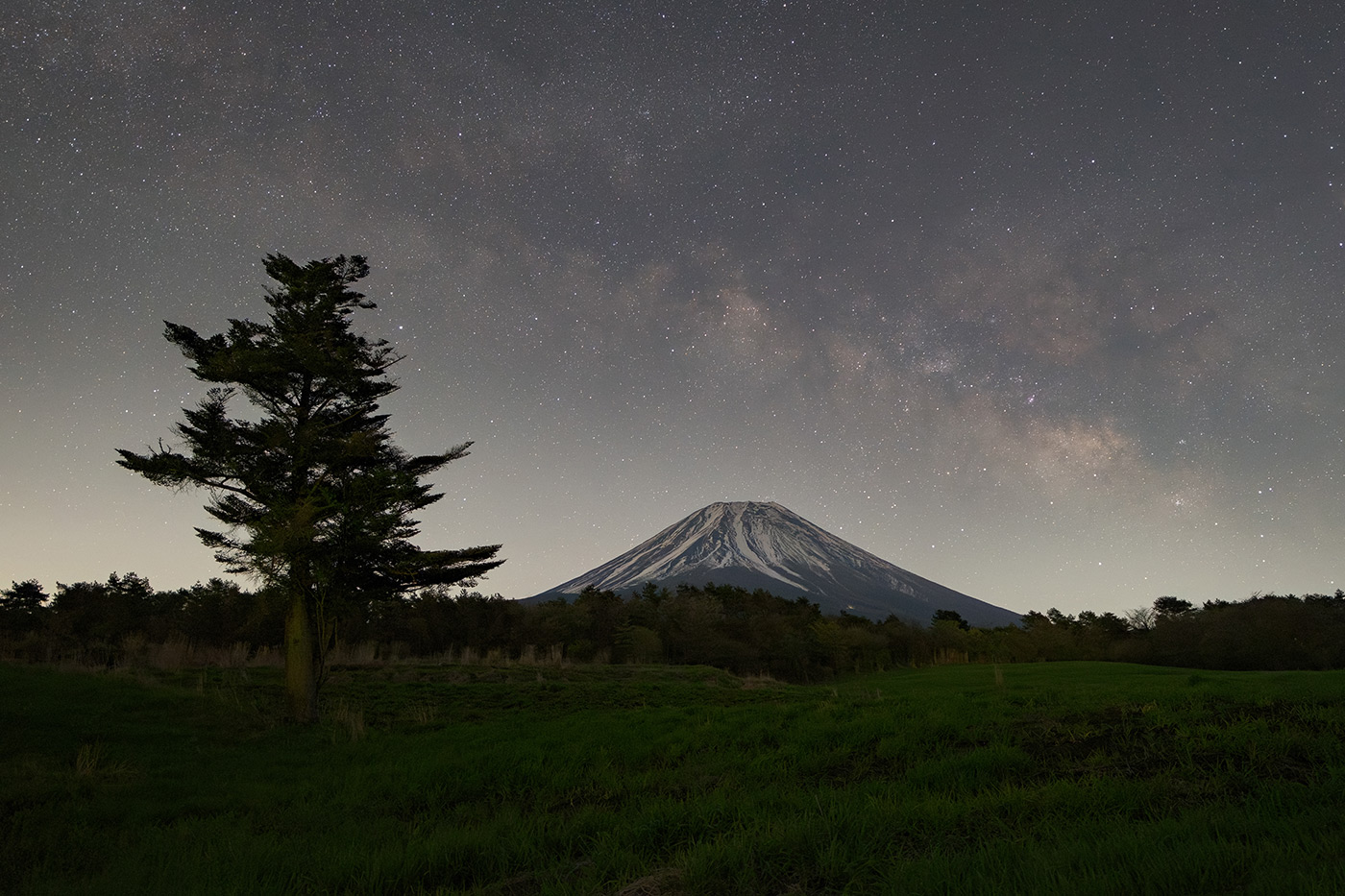
12mm Sample 05 ©Masami Tanaka. Camera settings: 10 sec. f/1.4. ISO 6400
Whichever you decide to go for, remember to grab a fast and free trade-in quotation if you’re selling older or unwanted gear to upgrade. Park Cameras take the stress out of the process by offering a fair price without haggling, costly postage or uncertain transactions. Visit the trade-in page to sell or part exchange camera equipment today.
Share this post:
By Nick Dautlich on 19/08/2025
Nick Dautlich
Senior Content Writer and Product Reviewer
Nick Dautlich is the Senior Content Writer and Product Reviewer at Park Cameras, with over 15 years of photography experience. A Sony Imaging Professional and expert reviewer, Nick has worked with major brands such as Canon, Sony and Nikon. His work is also featured on Vanguard World UK’s website, Capture Landscapes, and Shutter Evolve. Nick’s photography includes National Trust projects and magazine covers and he is passionate about landscapes and storytelling. Nick also enjoys hiking and teaching his children about nature. Learn more on his profile page.
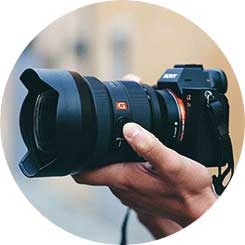
Trade in your old equipment
Fast and easy trade in service ensures your old gear is collected efficiently and you are paid quickly! It's very simple to trade in your unwanted photography gear. Just head over to our dedicated Sell or Part Exchange page, fill out the details, and we'll get back to you with an offer for your old gear. Take the cash, or put it towards the cost of your new gear. It's up to you! Find out more
sign up to the newsletter
Keep up to date on the latest photography news, events and offers. Sign up now